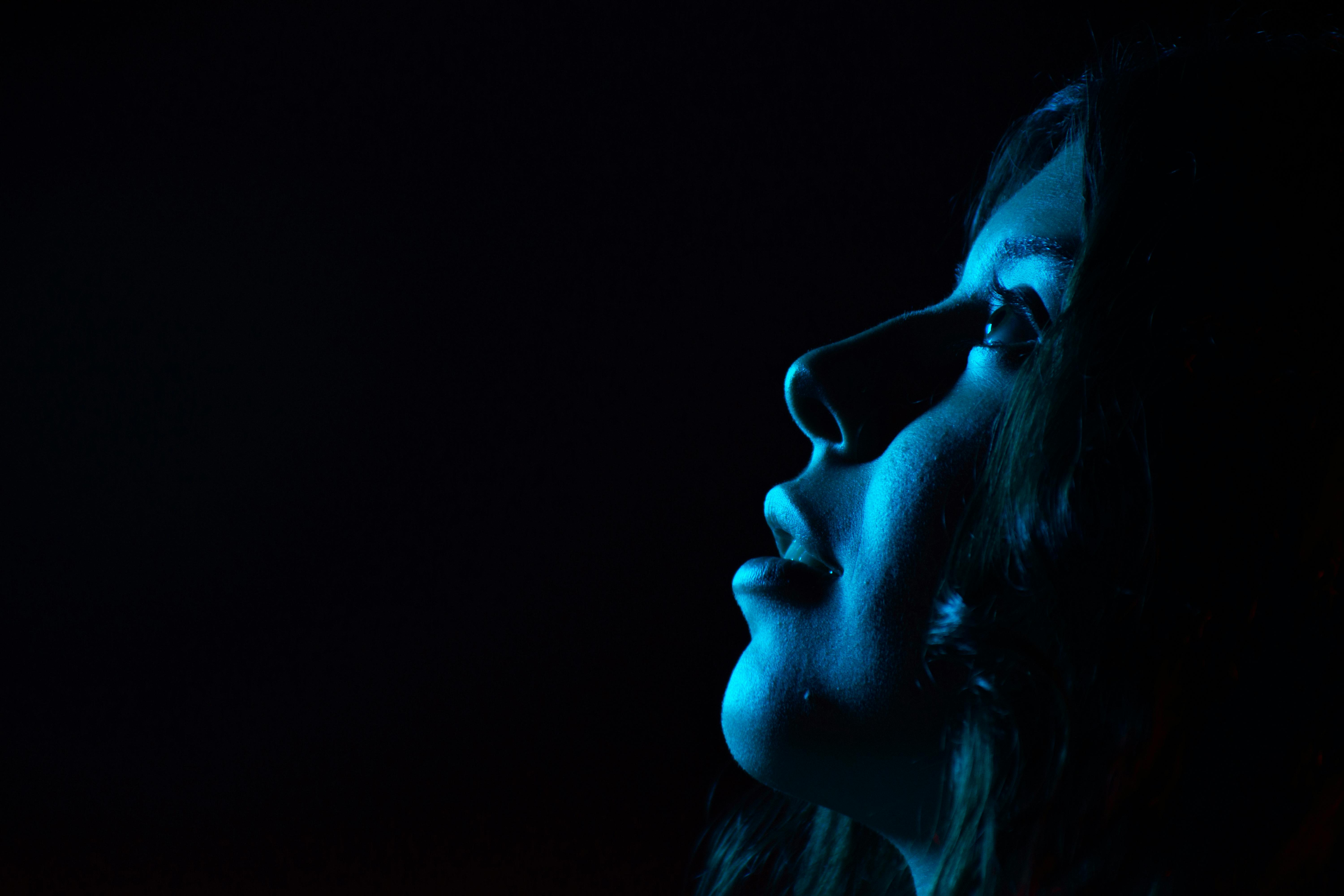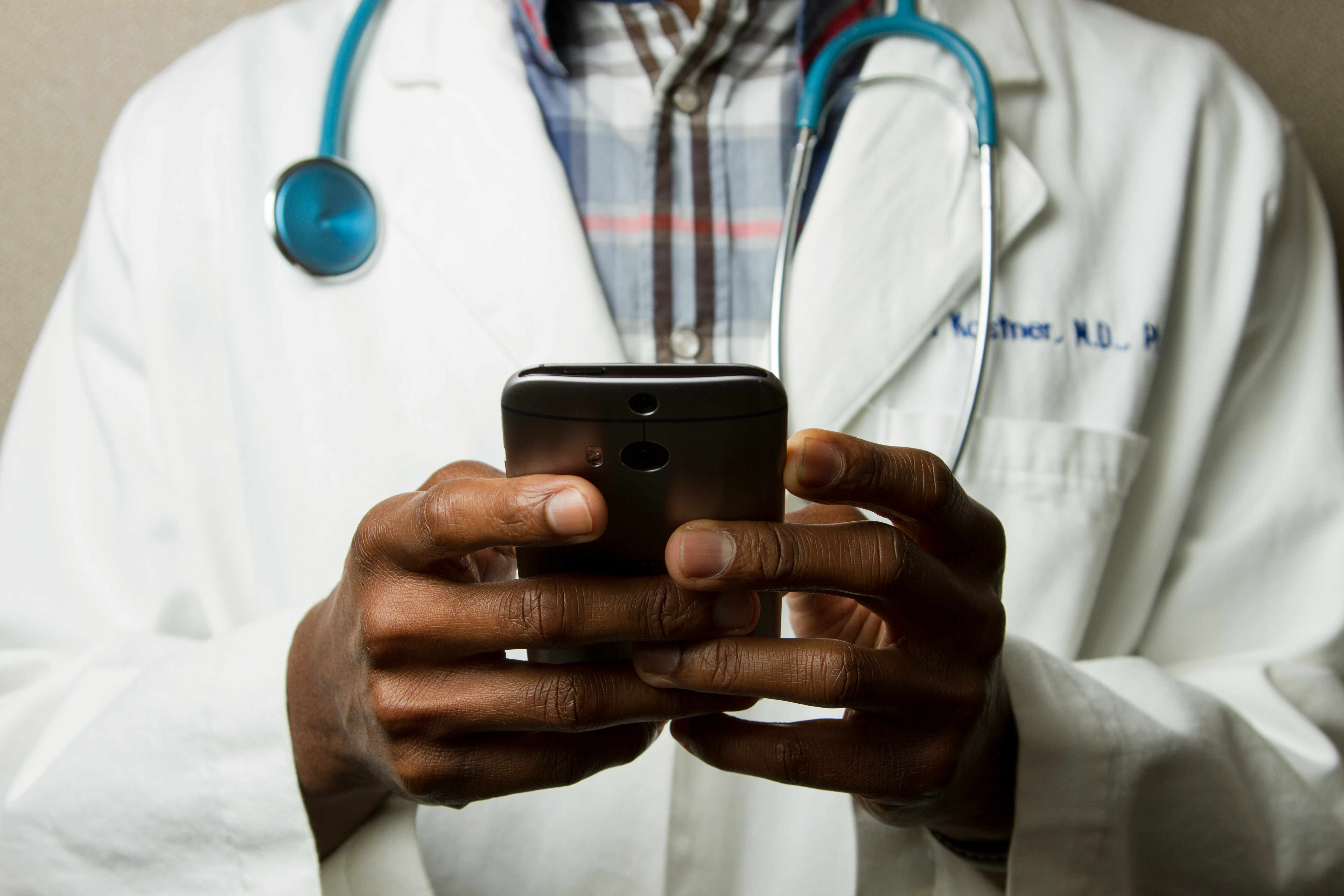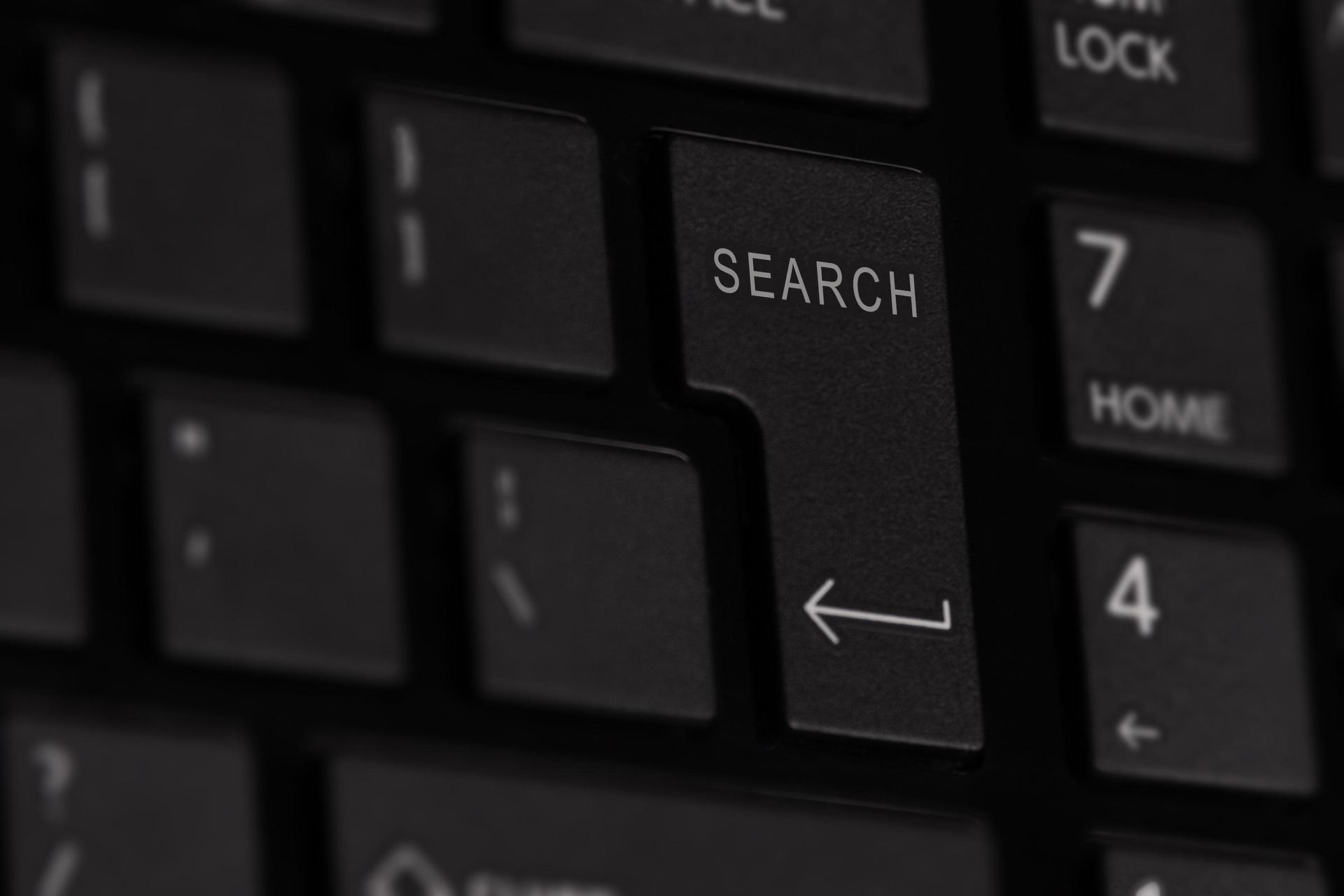Breaking Down the Science: How Blue Light Affects Our Health
As we increasingly rely on digital screens for work, communication, and entertainment, we are exposed to more blue light than ever before. But what exactly is blue light, and how does it impact our health? This article delves into the science behind blue light, its effects on our bodies, and how we can protect ourselves.

Unveiling the Mystery: What is Blue Light?
Blue light is a type of light with a short wavelength and high energy level. It is naturally produced by the sun but also comes from artificial sources like digital screens, LED lights, and fluorescent lights. Over the past decade, the scientific community has started to explore the health implications of prolonged exposure to artificial blue light, leading to some significant findings.
On the Bright Side: The Benefits of Blue Light
Contrary to popular belief, blue light isn’t all bad. During daylight hours, it helps regulate our bodies’ natural sleep and wake cycles, also known as our circadian rhythms. It can also boost alertness, improve memory and cognitive function, and elevate mood. These benefits, however, come primarily from natural blue light exposure.
The Dark Side: The Adverse Effects of Blue Light
The issue arises with overexposure to artificial blue light, particularly from digital screens. Research has linked this with digital eye strain, sleep disturbances, and potential retinal damage. While the blue light in itself isn’t harmful, the intensity of exposure and proximity to the source can strain our eyes and disrupt our sleep patterns.
Deciphering the Science: The Research Behind Blue Light Exposure
Numerous studies have investigated the link between blue light exposure and sleep disruption. The high energy and short wavelength of blue light can suppress the secretion of melatonin, the hormone that signals our bodies to sleep. As a result, excessive screen time, especially before bed, can make it harder to fall asleep.
Moreover, some research suggests that prolonged exposure to artificial blue light could potentially damage our eyes. While more comprehensive studies are needed, it’s wise to err on the side of caution and take protective measures.
The Road Ahead: Protecting Our Health from Blue Light Overexposure
The good news is that there are several strategies to reduce our exposure to artificial blue light and mitigate its impacts on our health. These include limiting screen time, using blue light filters on screens, and wearing glasses designed to block blue light. Adopting these habits can help us maintain our health in the digital age.
Simple changes for a healthier digital lifestyle:
- Limit Screen Time: Try to take regular breaks from screens and avoid using digital devices for at least an hour before bedtime.
- Use Blue Light Filters: Many devices have settings that reduce blue light emissions, often called ‘night mode’. Using these features can decrease exposure, particularly in the evening.
- Invest in Protective Eyewear: Glasses with lenses designed to block blue light can help, especially for those who spend many hours in front of a screen.
In conclusion, while blue light has its benefits, overexposure from artificial sources can have adverse effects on our health. By understanding these impacts and taking steps to protect ourselves, we can foster a healthier relationship with our digital devices. As we continue to navigate the digital age, let’s remember to prioritize our health and well-being in all aspects of our lives.





